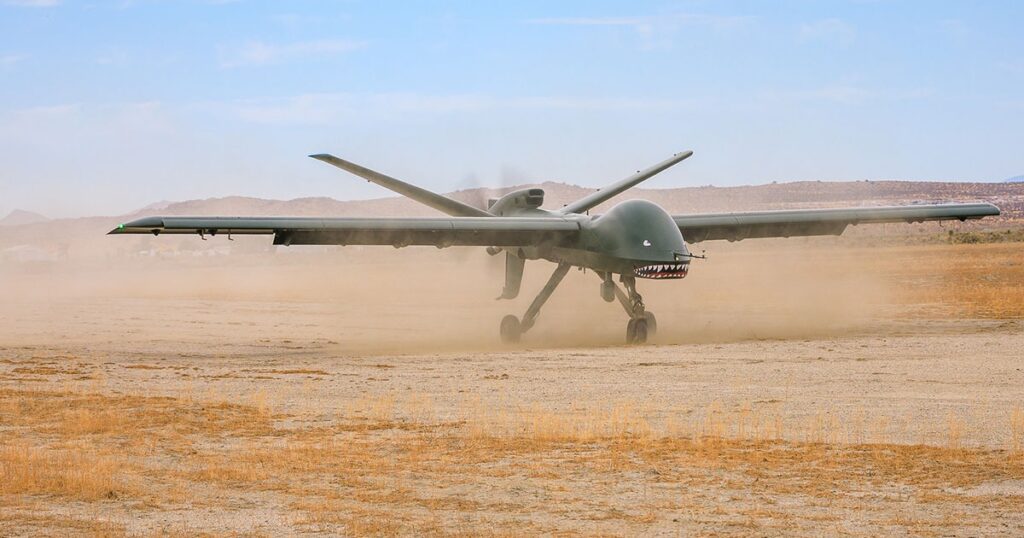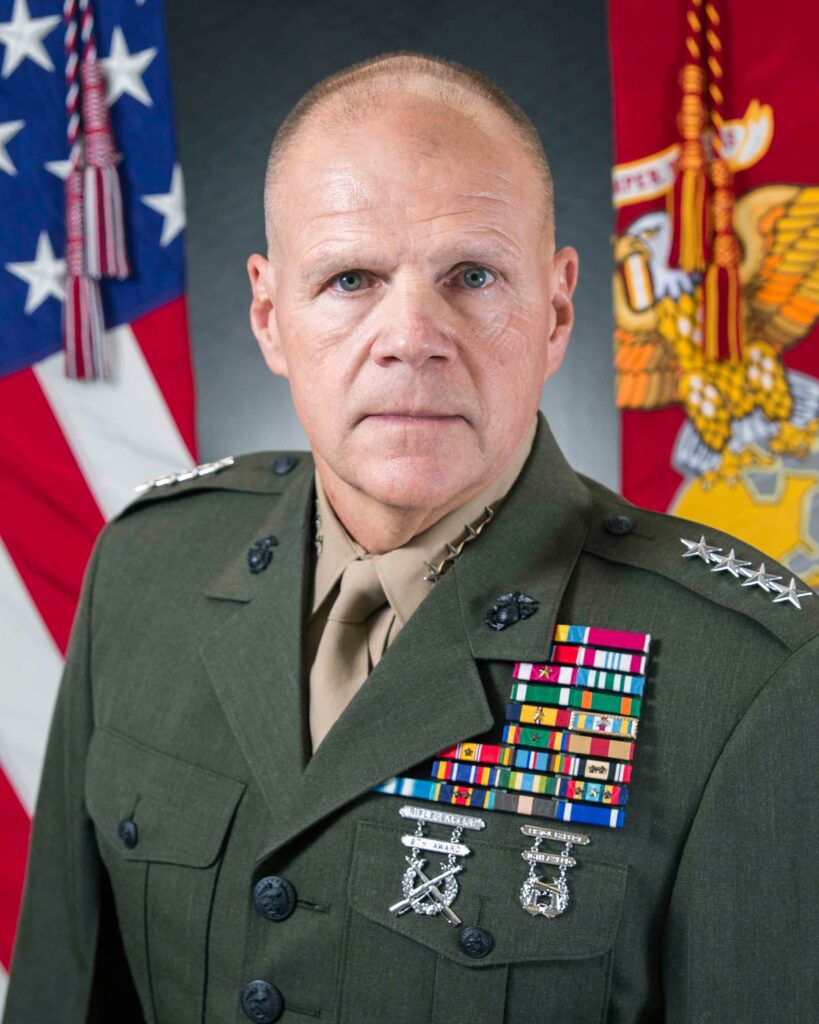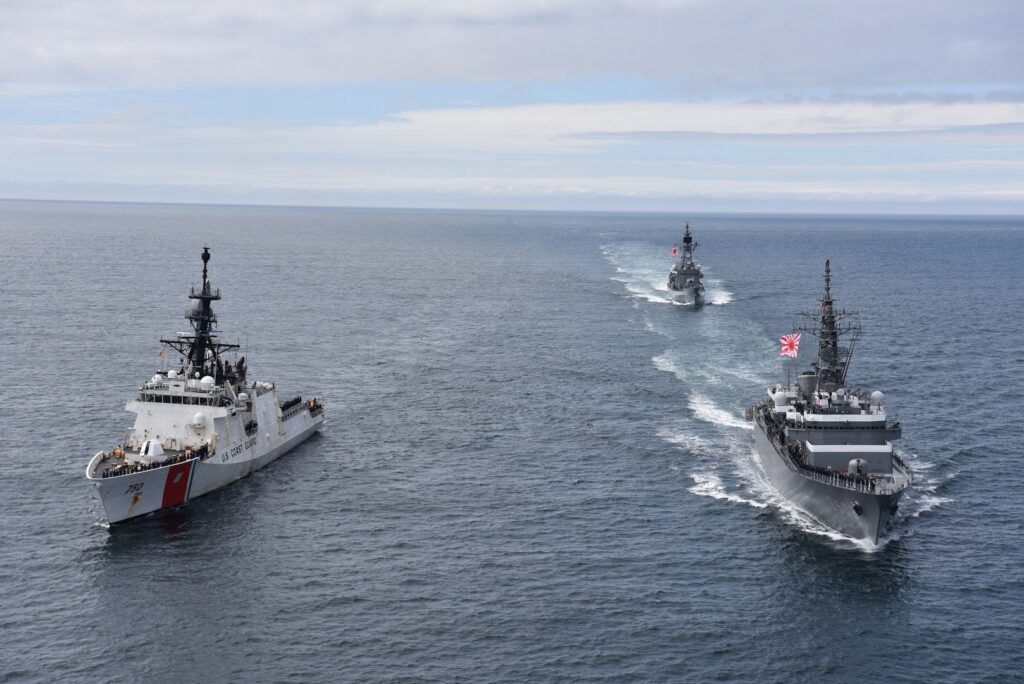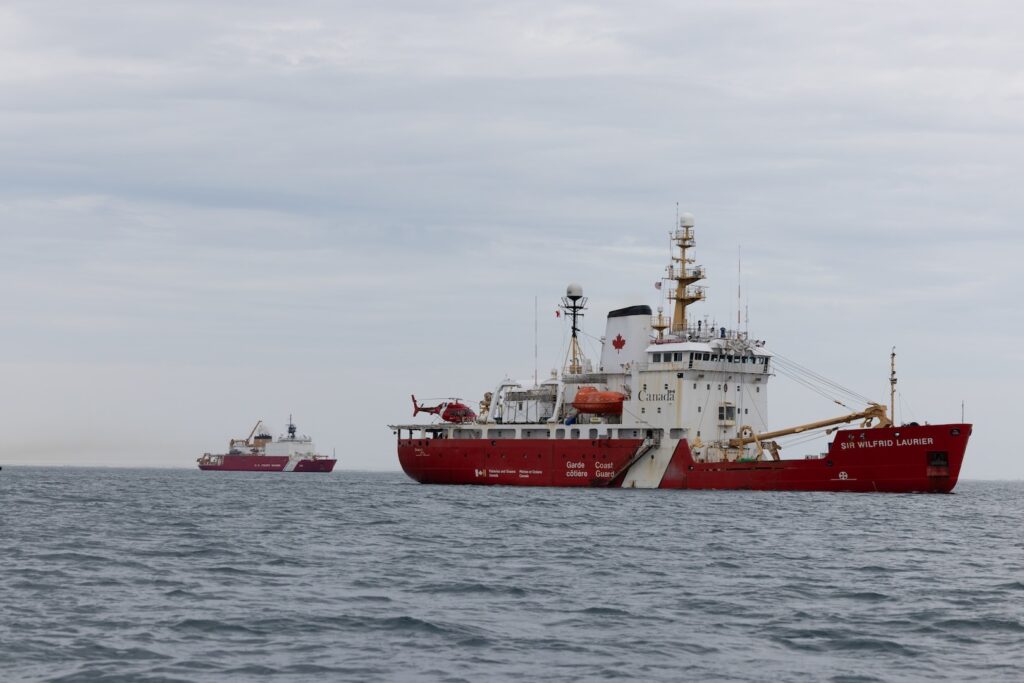U.S. Nuclear-Powered Submarine Visits Western Australia, First Since AUKUS Announcement

*****
04 August 2023
ROCKINGHAM, Western Australia (Aug. 4, 2023) – USS North Carolina (SSN 777) docked at HMAS Stirling, a naval base in Western Australia, today following participation in Talisman Sabre 2023.
This marks the first visit by a Virginia-class submarine to the country since the leaders’ announcement of the Australia, United Kingdom, and United States (AUKUS) Optimal Pathway.
Initially announced in September 2021, the AUKUS partnership is designed to bolster the security and defense capabilities of the three nations and promote security in the Indo-Pacific region.
“North Carolina’s presence in HMAS Stirling is an example of the United States’ full commitment to the AUKUS partnership starting with a promised increase in SSN port visits to Australia in 2023,” said Mr. Abe Denmark, Senior Advisor for AUKUS to the Secretary of Defense. “These port visits are an essential step for Australia to build the necessary operational capabilities and skills to steward and operate its own fleet of nuclear-powered attack submarines.”
The Optimal Pathway is a phased approach that represents an ambitious plan to provide Australia with a conventionally-armed, nuclear-powered submarine capability at the earliest possible date while ensuring Australia’s capacity to safely operate, maintain and regulate this technology, and setting the highest standards for nuclear non-proliferation.
- Phase One includes increased SSN port visits aimed to expand Australia’s knowledge of SSNs ahead of establishing Submarine Rotational Force-West (SRF-W) as early as 2027. SRF-W will start a rotational presence of up to four Virginia-class submarines (US), and one United Kingdom Astute class submarine at HMAS Stirling.
- Phase Two begins in the early 2030s, pending approval from the U.S. Congress, with the United States selling Australia three Virginia class submarines, with the potential to sell up to two more if needed.
- Phase Three sees the combination of a base British submarine design and advanced United States technology to deliver SSN-AUKUS, the future attack submarine for both Australia and the United Kingdom. Australia plans to deliver the first Australian-built SSN-AUKUS in the early 2040s.
“Australia, the United Kingdom, and the United States share a long history of security cooperation around the world,” said Rear Adm. Chris Cavanaugh, Commander, Submarine Group (CSG) 7. “I am impressed every day by our ability to work together seamlessly during undersea warfare training and operations.”
CSG 7 directs forward-deployed, combat-capable forces across the full spectrum of undersea warfare throughout the Western Pacific, Indian Ocean, and Arabian Sea.
U.S. 7th Fleet is the U.S. Navy’s largest forward-deployed numbered fleet, and routinely interacts and operates with allies and partners in preserving a free and open Indo-Pacific region.







